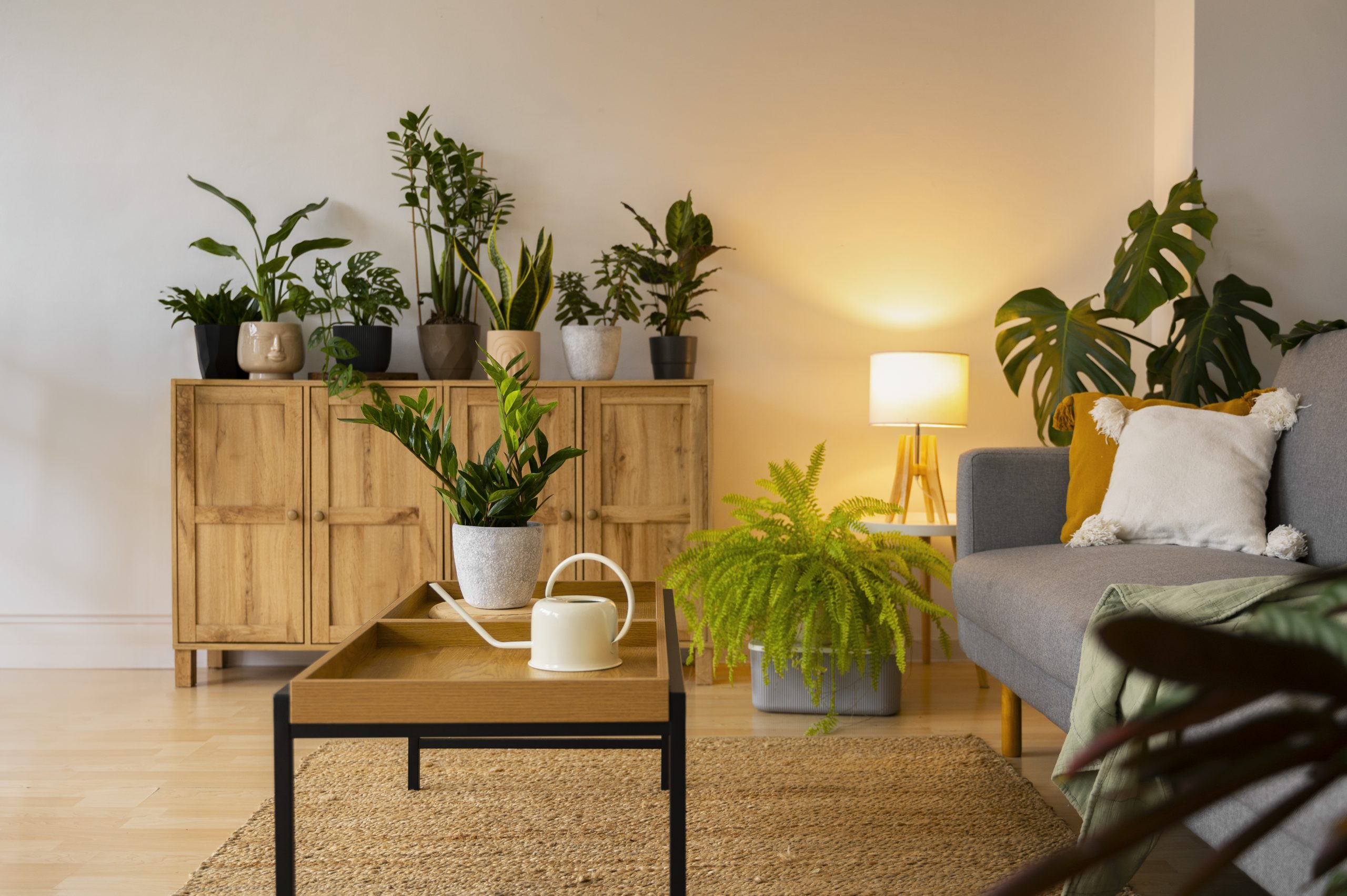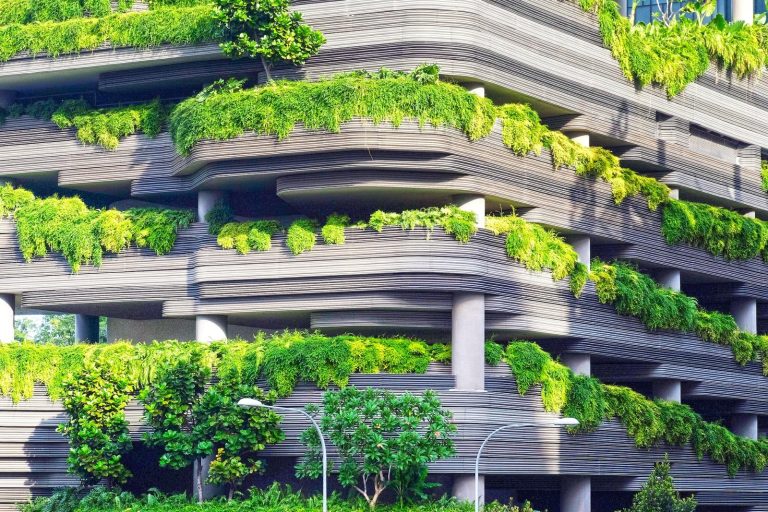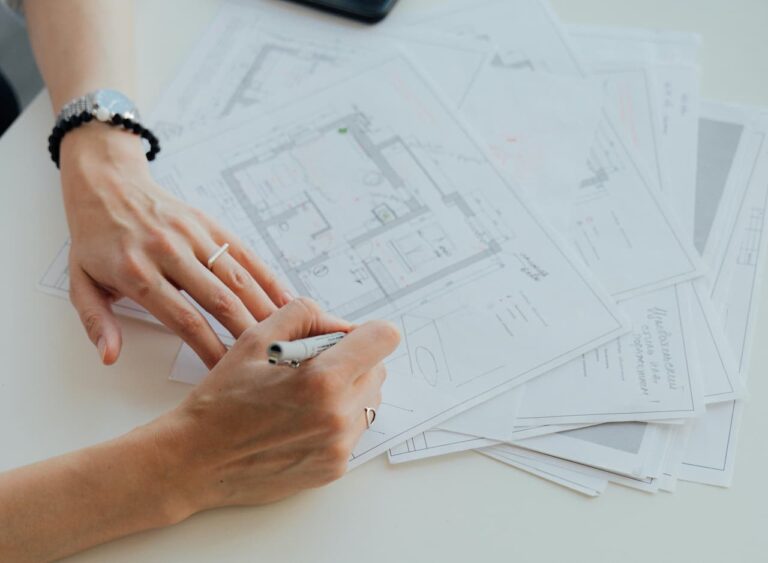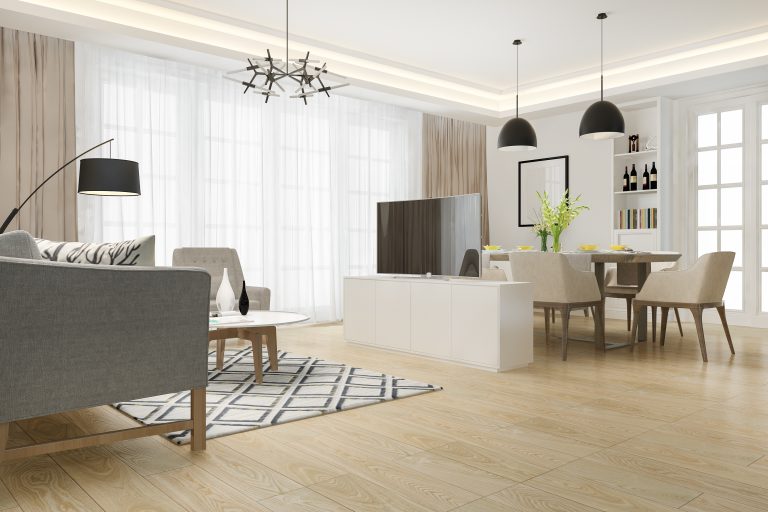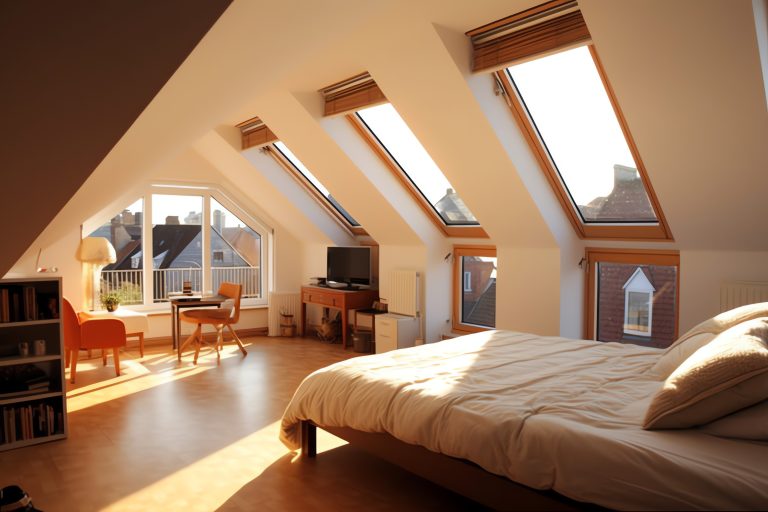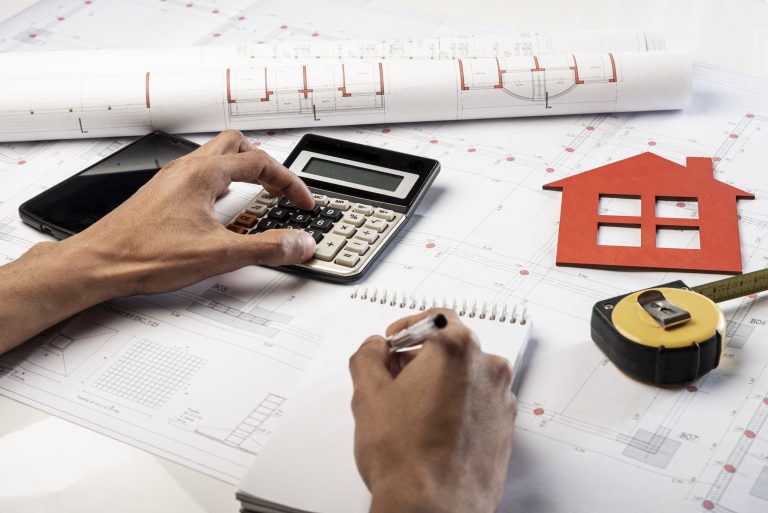With an increased demand for new homes, new build developments, and affordable housing options, the desire for energy-efficient and sustainable design traits has become broader than ever.
And sustainable housing ideas aren’t solely relegated to new properties and development sites.
Homeowners considering renovation work can also benefit from sustainable design ideas, spanning the inside and outside of their property.
In this blog, we’re sharing some of the best and most innovative ideas we’ve come across in recent years.
What is Sustainable Home Design?
Before we start growing your design brief with interesting ideas, let’s first consider what sustainable home design actually means and encompasses.
Sustainable home design means designing with an eye to the environmental impact, both of the build process and life in the property. It considers the materials used, the way they are used, and whether the property boasts eco-friendly credentials for the everyday. For the homeowner, it can also be a cost-saving exercise.
Eco-friendly properties tend to be cheaper to run, with lower energy bills and better insulation.
Here are some of the best ideas for making your property cheaper to live in, better for the planet, and future-proof as the building industry turns to more sustainable practices.
1. Consider Location and Layout on the Site
Location doesn’t just affect the type of property built – it also affects the lifestyle that the homeowner will lead in the property. A home which is well connected and located within close proximity to trains and local amenities will lend itself to the use of public transport – whereas something further out requires regular use of a car.
The way the property is sited on the plot also affects its sustainability. Carefully placing windows to maximise the flow of sunlight allows the homeowner to make the most of natural light and the heat that comes with it. Not to mention, if you opt for the costly but highly sustainable addition of solar panels, optimising exposure to natural light is even more important.
While we’re on the topic of location and layout, something else to consider is the shape and design of the building itself. A property that’s built higher will retain more heat than one which is lower and spread over a larger footprint.
2. Use Natural Materials
This may sound like an obvious choice for those seeking a more sustainable home design, build, or renovation project, but the benefits are twofold.
For one thing, using natural materials minimises the carbon output of the material’s lifespan. For another thing, natural materials that are sourced locally are often more affordable to use and lead to lower supply and delivery costs. And let’s not forget… natural materials are incredibly on trend in the home design sphere! From wood to marble, natural flagstones and authentic woollen soft furnishings, using and embracing local culture and materials will give your home environmental and style credentials.
3. Opt for Smart Home Technology
Smart home technology has come on leaps and bounds in the last few years. Not only can homeowners monitor their energy output and keep an eye on outside security systems, but they can pre-set temperatures for different times of day, access automated light settings, and more.
One of the great things about smart technology for modern homeowners is the way that technology enhances both the sustainable credentials and the convenience of the home.
4. Insulate the Property
This means using environmentally friendly insulation in the walls (no asbestos here!) and choosing double-glazed windows throughout the property.
Proper and effective insulation should lower your energy bills by equipping your property to retain and optimise its heat. Insulation is also ideal in warmer conditions when you want to keep the heat out and hold onto a cool home – as it minimises the transfer of heat between the inside and outside of the property.
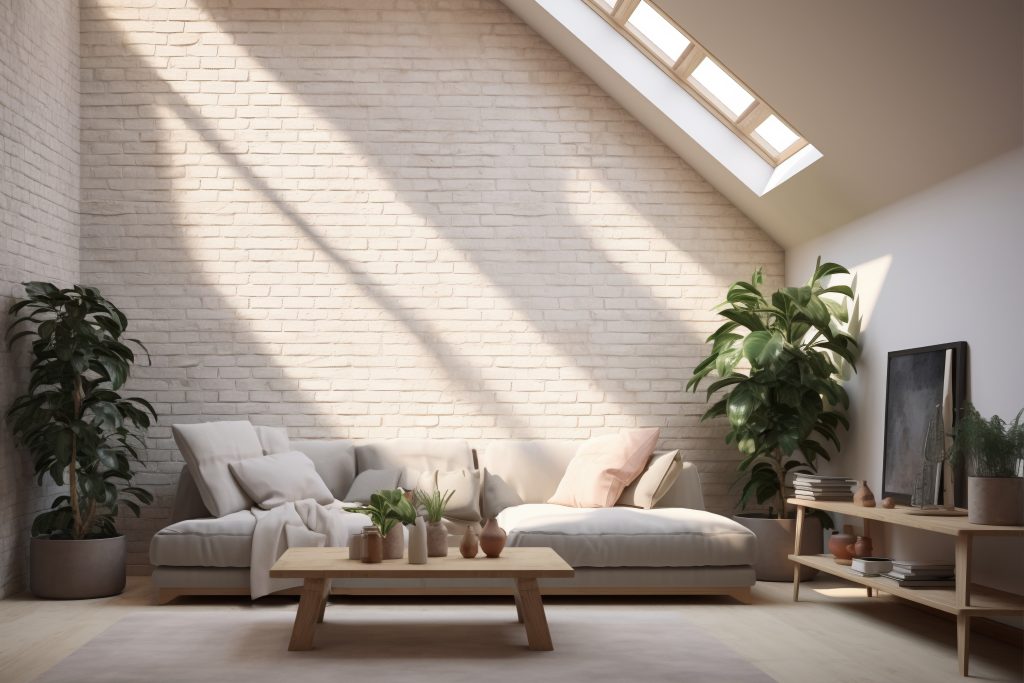
5. Consider a Living Wall or Roof
Now for the colourful stuff and the confetti on top of your home design or renovation. A living wall or a green roof is one of the most visually stimulating ways of embracing sustainable home design – relying wholly on natural plants and flowers to decorate your property, to optimise the curation of habitat for bees, birds, and insects, and to filter the air around your home.
Living walls have become particularly popular with those who own or want to renovate a flat or apartment that has limited outside space, granting access to a garden-of-sorts even with a smaller footprint.
6. Reconsider that Picture Perfect Lawn
For all those who dread having to mow the lawn every other Saturday, we’ve got some alternative ideas that are just for you.
Reconsidering a lawn, and opting for a more environmentally friendly alternative, can not only minimise upkeep and give you your Saturday mornings back, but it can also provide a heap of benefits in your outside space. Whether you opt for a wildflower meadow, moss beds, wood chippings, or even gravel, choosing something that isn’t lawn will reduce your need for regular water and will make your outside space more usable all year round.
7. Use Natural Resources!
We’ve already talked about the energy efficiency and the aesthetic beauty of natural light, but that’s not the only natural resource at your disposal. Here in the UK especially, rain is a big part of our everyday lives – and is something else that you can and should be collecting rather than avoiding.
Collected rainwater is great for tasks like watering plants or cleaning your car and can also be collected in shallow dishes to help feed small mammals and insects during the summer months. This is a small but effective way of reducing your home’s water use – thereby shaving some money off your monthly bill.
Opting for a Sustainable Home
Suffice to say, there are both small and large changes you can make to your home or to a new build design in order to make it more sustainable. Whether it’s a complete structural redesign or a few changes to the garden and outside walls, any of these ideas will improve the environmental rating of your property.
For tailored advice on how to make your property more sustainable, TN Design & Build are here to help.

